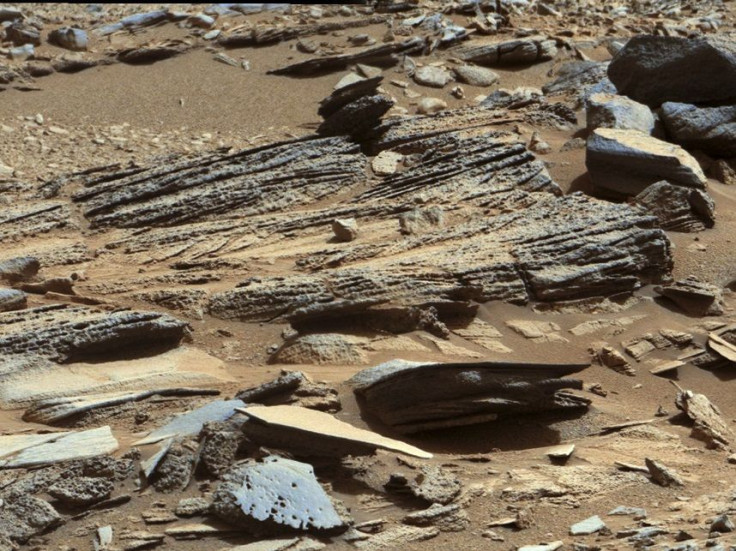Presence of Georgia Institute of Technology scientist at NASA Monday event hints of flowing water discovery in Mars

The National Aeronautics and Space Administration, or NASA, is making an important announcement on how it solved a big mystery about Mars on Monday at a press conference at the space agency’s headquarters in Washington.
Among the experts who would provide the briefing surrounding Mars is Lujendra Ojha, scientist at the Georgia Institute of Technology in Atlanta. One speculation of the announcement is that NASA has found evidence of flowing water, reports Express.
Ojha was the one who made the theory that liquid salt water flows in the Red Plant during warmer months. He discovered water-related streaks appear on the planet’s surface in 2011 when Ojha was an undergraduate at the University of Arizona
He called it recurring slope lineae (RSL) due to the shape, yearly reappearance and occurrence generally on the steep slopes of the Red Planet such as its crater walls. Ojha and James Wray, assistant professor at the same university, used the Compact Reconnaissance Imaging Spectrometer for Mars to look at 13 confirmed RSL sites.
While they did not find any spectral signature linked to water or salts, the pair discovered distinct signatures of ferric and ferrous minerals at most of the sites. Ojha said they lacked smoking gun evidence of water in RSL, “although we’re not sure how this process would take place without water,” the university quotes Ojha.
Other experts present in the Monday event are NASA Director of Planetary Science Jim Green, Mars Exploration Program lead scientist Michael Meyer, Ames Research Center’s Mary Beth Wilhelm and High Resolution Imaging Science Experiment, or HiRISE, principal investigator Alfred McEwen, according to Space.com.
HiRISE is found at NASA’s Mars Reconnaissance Orbiter spacecraft. It is a camera with telescopic lens that could pick out features as tiny as one metre across on Mar. It collects images in near-infrared wavelengths that allow researchers to learn about the minerals possibly in the Red Planet.
Contact the writer at feedback@ibtimes.com.au or tell us what you think





















